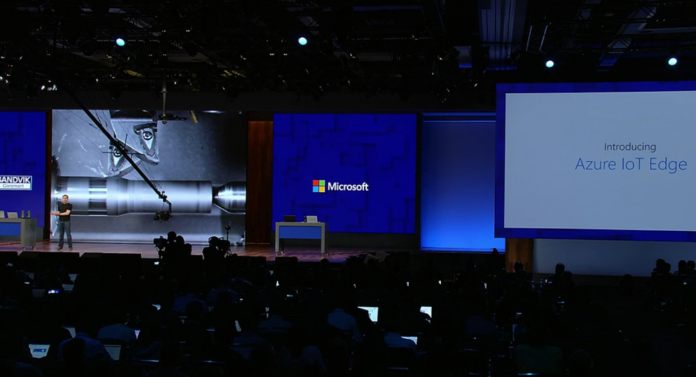1 Flexibility2 Scalable and Secure3 Developer Friendly
Azure IoT Edge was announced at the company’s Build 2017 conference last May. It is a big part of the company’s efforts to connect Azure directly with data from Internet of Things (IoT) devices. The company wants to leverage these devices as important individual computing resources. With that in mind, Azure IoT Edge allows Microsoft’s cloud application to use the compute power from IoT devices. Azure Functions can be executed on IoT endpoints at the data collection store. Among the features of Azure IoT Edge is the ability to deploy Azure services on IoT devices. For example, users can deploy machine learning and AI, containerize Cognitive Services, use data analytics, and Azure Functions.
Flexibility
Microsoft has some updates for the services as it heads to GA:
Open source Azure IoT Edge: Today with GA, IoT Edge is open sourced and available on GitHub. This continues our commitment to open source support for Azure IoT Edge and gives developers even greater flexibility and control of their edge solutions, enabling them to modify the runtime and debug issues. Support for Moby container management system: Moby is the open-source platform Docker is built on, allowing us to extend the concepts of containerization, isolation, and management from the cloud to devices at the edge. Moby containers work on Docker-based systems, and vice versa. There are no changes required to existing (Docker-based) modules. Ecosystem of certified hardware and software for the edge: We are expanding the Azure Certified for IoT program to certify core edge functionalities such as device management and security. You can find already certified edge hardware on the device catalog. Learn more about the Azure Certified for IoT program. In addition to hardware, developers can find pre-built edge modules now available through Azure Marketplace to accelerate edge solution development.
Scalable and Secure
The service also integrated with Device Provisioning, which allows zero-touch provisioning for devices to run in the field with no operator. Customers can use Device Provisioning to secure “tens of thousands” of devices. Azure IoT Edge also comes with its own security manager to protect components. It gives OEMs tools to secure their devices more robustly with a choice of Hardware Secure Modules. Futhermore, Aautomatic Device Management (ADM) is a service that allows IoT Edge users to deploy modules to devices based on device meta data. “When a device with the right meta data (tags) joins the fleet, ADM brings down the right modules and puts the edge device in the correct state.”
Developer Friendly
Microsoft says IoT Edge provides a more efficient and simple environment for developers. The company has integrated software development kits for C, C#, Node.js, Python and Java. VSTS support is included to simplify coding with debugging, deploying, and testing.




